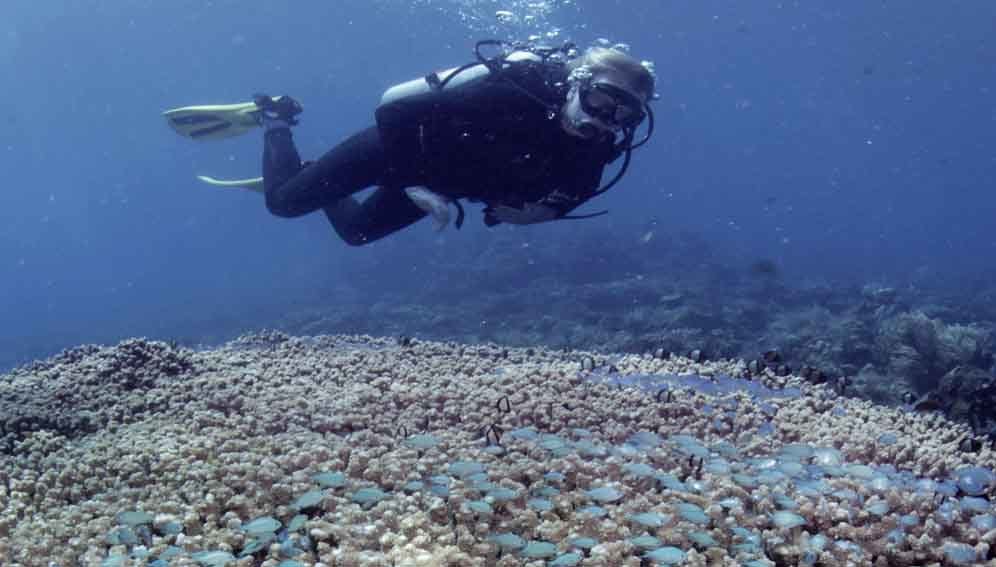Send to a friend
The details you provide on this page will not be used to send unsolicited email, and will not be sold to a 3rd party. See privacy policy.
[SÃO PAULO] The capacity to regenerate from tiny fragments has given an invasive coral the ability to spread along the Atlantic coast of Brazil, threatening commercial fish supplies, a research paper has found.
The coral, known as sun coral, was first detected in Brazil in the late 1980s. It is believed the two species of sun coral discovered reached the Brazilian coast by embedding themselves into the hulls of commercial vessels or large towed structures used to build oil rigs.
The sun coral spreads quickly, growing three times faster than native coral, and its intense yellowish-orange colour has reached 3,800 kilometres of the country’s coast, killing off existing coral and removing a vital food supply for local fish.
Its success lies in its ability to regenerate itself from tiny fragments, according to a new study published in the Journal of Experimental Marine Biology and Ecology.
The researchers collected two species of sun coral – Tubastraea coccinea and T. tagusensis – from the Búzios Island, off the coast of Sao Paulo. They cut them into 240 small fragments, kept them at either 24, 27 or 30 degrees Celsius, and fed many of them zooplankton.
They found that almost 90 per cent of their samples regenerated themselves.
“The fed fragments developed a mouth more quickly and started to consume the surrounding tissue as an energy source,” Marcelo Visentini Kitahara, an oceanographer at São Paulo Federal University’s Marine Science Department, told SciDev.Net.
“The problem of loss of diversity is that many ecosystem services previously provided by local coral species, such as to serve as food for fish, may no longer be executed,”
Paulo Sumida
Mouth regeneration was faster among fed fragments kept at 27 degrees, suggesting that the ability of sun corals to regenerate is increased with food availability and higher temperatures.
To Paulo Sumida, a biologist at São Paulo University’s Oceanography Institute, the findings are worrisome, as the spread of sun corals could lead to loss of local and even regional diversity of corals and other marine species.
“The problem of loss of diversity is that many ecosystem services previously provided by local coral species, such as to serve as food for fish, may no longer be executed,” he tells SciDev.Net.
“It might also affect the whole food chain, triggering a cascade effect up to higher levels, such as fish of commercial interest and important in human diet,” he points out.
According to Kitahara, ongoing research is showing that there is a significant loss of invertebrate biomass and diversity in areas with heavy sun coral cover, such as Baía de Todos os Santos and in the Itaparica Island Northeast of Brazil.
Alexander Turra, a biologist also at São Paulo University’s Oceanography Institute, says the findings could be used to make a case for removing the coral using hammers and chisels, the main method currently used to control sun coral.
However, there remains a small risk of regeneration using this method.
He adds the Brazilian Institute of the Environment and Renewable Natural Resources, along with country’s Ministry of Environment and the Chico Mendes Institute for Biodiversity Conservation, is preparing an action plan for the prevention, control and monitoring of sun coral in Brazil’s coast, which should be launched yet in 2018.
The research in the Journal of Experimental Marine Biology and Ecology was supported by FAPESP, a SciDev.Net donor.














